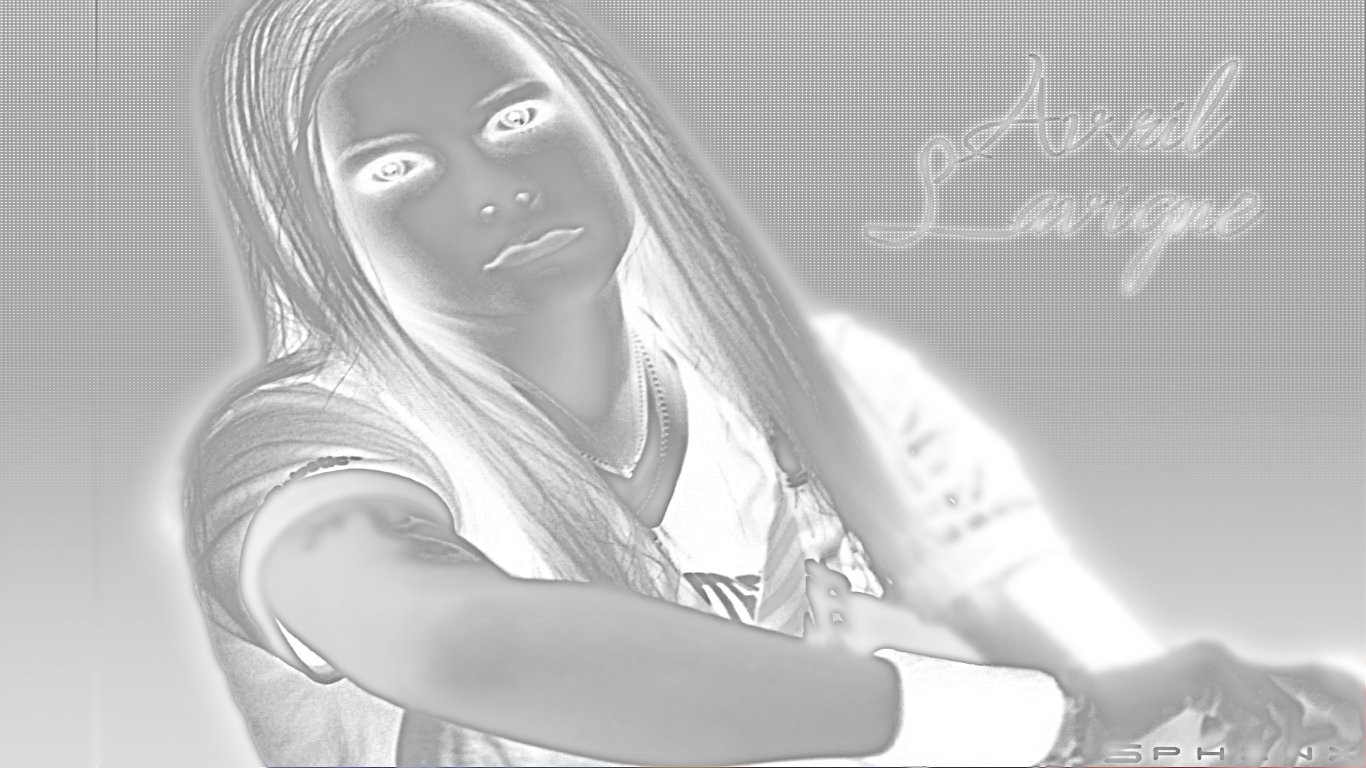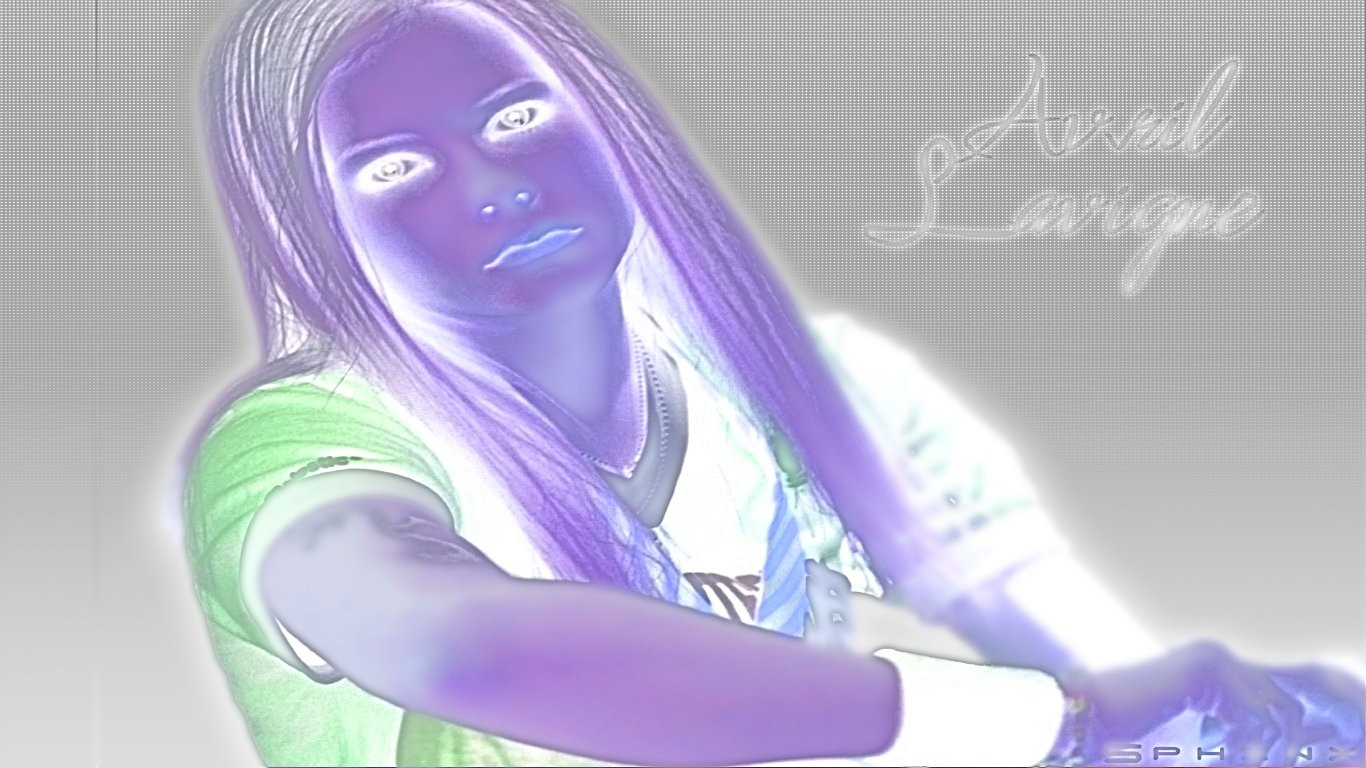
Glass Design Filter Style is another Filter Style which is used to create new filters from the existing filters and can be used with any filters of the Lobster application.Though,Glass Design Filter Style is just an example to the users as to how to create 'New Filter Styles' of their own without writing a single line of source code by merging a specific filter with other filters of the Lobster application to create 'New Version of that specific filter'.Glass Design Filter Style is used to show to the user how to create 'New Versions' of the Glass Design filter by merging the Glass Design filter with the other filters of the Lobster application.Filters to be merged with Glass Design filter will chosen by the user from the filter list from the 'Filter' tab of the Preview Dialogbox or Dynamic Filtering Panel.Sometimes,after merging Glass Design with the current filter may not give good results and therefore in those cases,the user should just choose another filter from the filter list of 'Filter' tab. First of all,let's learn how the Glass Design Filter Style creates 'New Versions of Glass Design' filter and then the user can also learn how to create 'New Filter Styles' of their own.User is requested not to jump that portion of help before learning the Glass Design Filter Style.
First of all,let us look at the original 'Glass Design' filter before it is merged with the other filters of the Lobster application.Following snapshot shows the 'Glass Design' filter in the 'Glass Design' Filter Dialogbox :-

Following snapshot shows the Glass Design filter merged with the 'Grayscale' filter using the Glass Design Filter Style.

Following snapshot shows the Glass Design filter merged with the 'Shifted Purple' filter using the Glass Design Filter Style.

Following snapshot shows the Glass Design filter merged with the 'Gamma Correction' filter using the Glass Design Filter Style.This effect turned out to be so good that it is now the part of the predefined filters of the Lobster application.[i.e.,this filter was created while writing this page and renamed as 'Glow Glass'!]

All the above examples prove that the concept of merging a filter with the other filters of the Lobster application is a great concept.Actually,this concept is so good that it will be creating 'Inifinite Filters and Effects' if the user understands how to use this concept to create 'New Filter Style' of his own and that also without writing even one single line of source code ! Even surprising is that creating a 'New Filter Style' is very easy and the procedure is as follows :-

Now that the 'Dithering' filter is applied to the image,it is opened in 'Batch Filtering' dialogbox to merge with the other filters of the Lobster application.Following snapshot shows 'Dithering' filter merged with 'Grayscale' filter in the 'Batch Filtering' dialogbox.

Following snapshot shows 'Dithering' filter merged with 'Green Channel' filter.

All the above examples proves how much powerful the concept of merging one filter to another filter really is.But,this is just the beginning to the real powerful of this concept because any filter with QRGB,Pattern Filtering,Filter Styles,Gradients,Edit Modes and 3D Effect can be used to create a effect and then that image can opened in the 'Batch Filtering' dialogbox for creating 'New Filters' and 'New Filter Styles'.This is the reason why 'Batch Filtering' dialogbox is used to merge that effect with other filters of the Lobster application as it has all the features of the Lobster application into the various tabs of the 'Batch Filtering' dialogbox.The next section is devoted to explaining this interesting concept of the Lobster application.Following snapshot shows the 'Duatone' filter applied the 'Red Gradient' which will be merged with the other filters and even features of the Lobster application.

Following snapshot shows the 'Red Gradient' of 'Duatone' merged with the 'Disperse Shadow on Edges' filter.

Following snapshot shows the 'Red Gradient' of 'Duatone' merged with the 'Grayscale' filter.User can also view the 'Grayscale' filter is also used with 'Uneven Stars' Pattern using 'Double Filtering' to create a new effect meaning that any feature of the Lobster application can also be used with the current effect loaded in 'Batch Filtering' dialogbox.

If the user understands the technique of creating 'New Filter Styles' properly from the above help,then the user will not be short of any filters and visual effects as the Lobster application's 'Interface' is exclusively built for creating 'Infinite Possibilities' by combining various filter and features with each other.Most importantly,even if the user will be experimenting with the various filters and still the user will end up making good 'Filters' and 'Filter Styles' because the 'New Filters' and 'New Filter Styles' will be made from the 'Standard Predefined Filters' of the Lobster application.